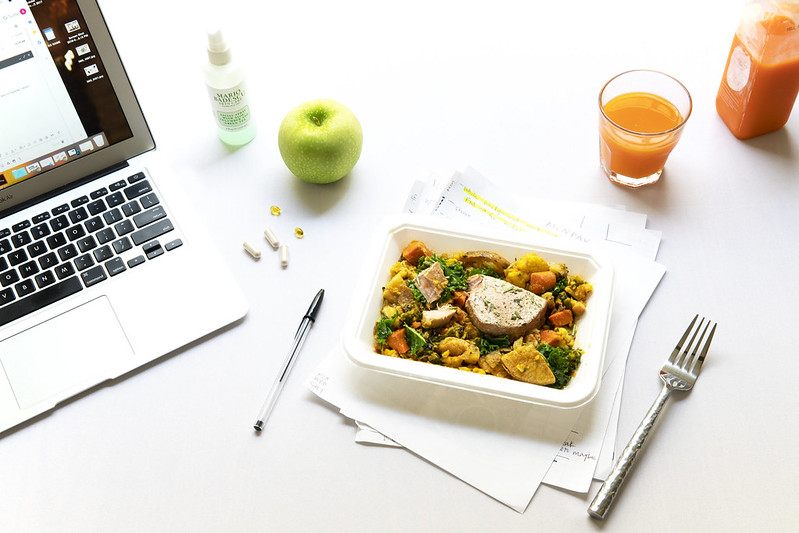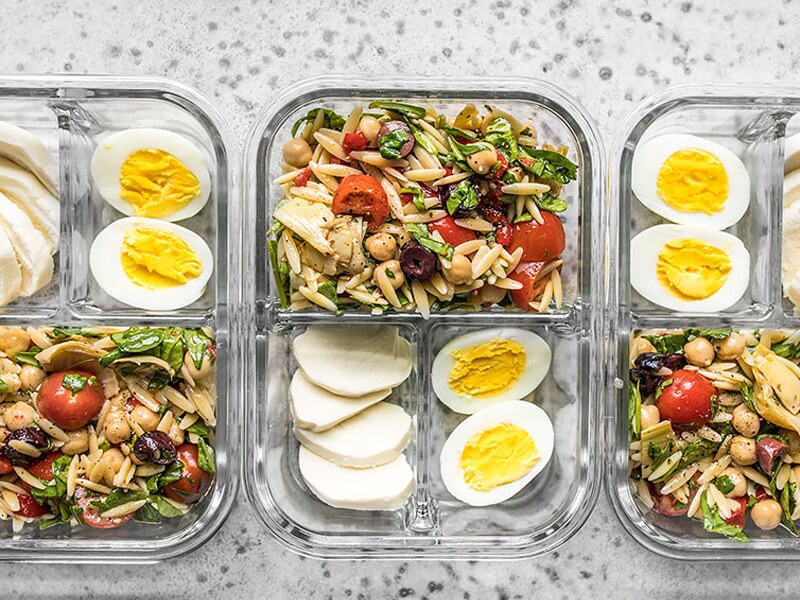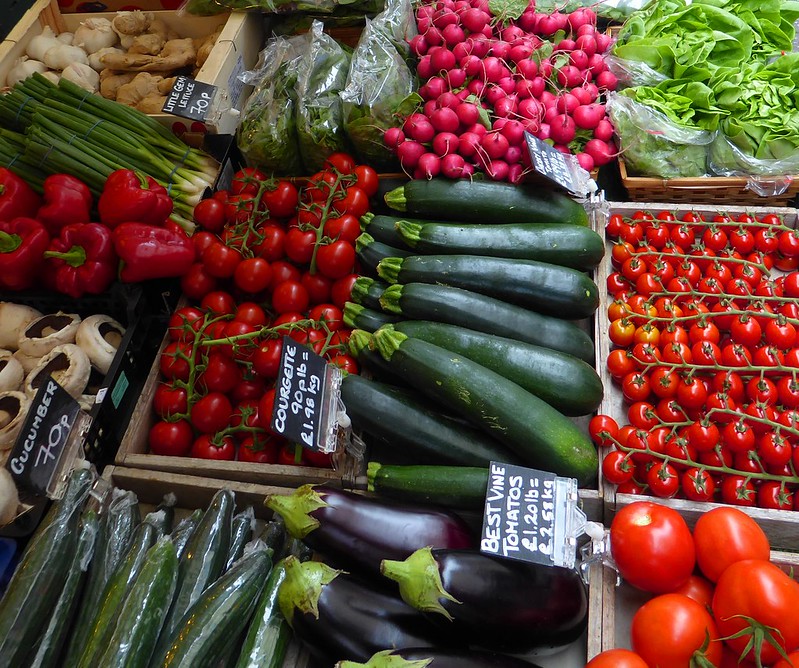Healthy Eating on a Budget: Upgrade Your Nutrition without Breaking the Bank

Published: July 17, 2023

Eating nutritious food doesn’t have to cost a fortune, especially as grocery bills continue to rise. With careful planning and smart shopping strategies, you can optimize your nutrition while staying within budget. In this blog post, we’ll cover several essential tips to help you save money at the grocery store without sacrificing your health. Plus, we’ll highlight how our research-backed nutrition and wellness program, Kyla, can give you the tools and support you need to take control of your health and longevity.

Simple Steps to Nutritious and Budget-Friendly Meals
- Plan Ahead: One of the best ways to save money and eat well is to plan your meals ahead of time. This ensures that you’re buying only the ingredients you need for the week, eliminating impulse purchases and reducing food waste.
- Don’t grocery shop when you’re hungry: Being hungry can increase the chance of impulse purchases. Have a snack or a meal before going to the store.
- Don’t Be Afraid to Buy Frozen or Canned Foods: Contrary to popular belief, frozen and canned fruits and vegetables can be just as nutritious as their fresh counterparts.1,2 Look for low-sodium and low-sugar options.
- Order Groceries Ahead of Time to Stick to Your List: Many grocery stores now offer online ordering options. This can help you make better decisions and stay focused on your budget-friendly, nutrition-based shopping list, especially if you’re low on time.
- Double or Triple the Batch: Cooking in larger quantities can save you money and time, as well as help you avoid eating out as often.
- Buy Whole, Less Processed Foods: Choose whole produce over pre-cut options. In general, whole foods tend to be cheaper, more nutritious and don’t spoil as quickly as their pre-cut alternatives.3
- Buy Larger Packs of Meat and Freeze Leftovers: Buying meat in bulk can save you money per pound. Just remember to divide larger packages into meal-sized portions and freeze them for future use.
- Enjoy One Meatless Meal Each Day: Incorporating plant-based meals into your diet is a cost-effective and nutritious way to stretch your grocery budget. Beans, lentils, and whole grains can provide the protein and fiber you need to feel full and satisfied.4
- Shop In Season and Local: In season produce tends to be much cheaper and environmentally friendly. Take advantage of your local farmer’s market!

Take Charge of Your Health with Kyla
Are you looking for personalized guidance on how to optimize your nutrition while staying within budget? Kyla’s Longevity program provides expert support from health professionals, including a registered dietitian, and a comprehensive wellness plan tailor-made to suit your unique health profile.
References
- Miller SR, Knudson WA. Nutrition and cost comparisons of select canned, frozen, and fresh fruits and vegetables. Am J Lifestyle Med. 2014;8(6):430-437. doi:10.1177/1559827614522942
- Frozen foods: Convenient and nutritious. Eatright.org. Accessed June 13, 2023. https://www.eatright.org/food/planning/smart-shopping/frozen-foods-convenient-and-nutritious
- Gil MI, Aguayo E, Kader AA. Quality changes and nutrient retention in fresh-cut versus whole fruits during storage. J Agric Food Chem. 2006;54(12):4284-4296. doi:10.1021/jf060303y
- U.S. Department of Agriculture. FoodData central. Usda.gov. Published 2019. Accessed June 13, 2023. https://fdc.nal.usda.gov/